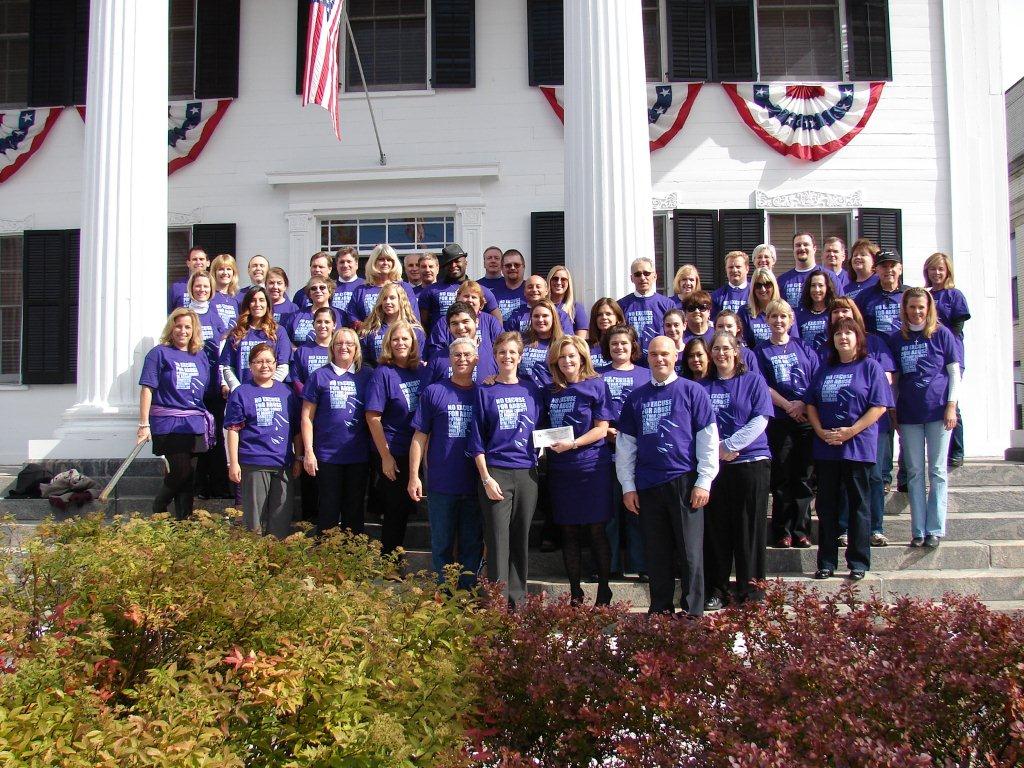Grapevine
This week’s column is part three of a multi-part series on my recent trip to the French wine regions of Champagne, Loire and Burgundy. In developing our itinerary–my wife and I travelled with our friends, the Russells–it became clear that individual likes and dislikes needed to be considered. Thus our trip included cultural and gastronomic sites as well as 3) vineyards and wineries.

Achieving the first two goals would not be difficult. We explored the countless opportunities for visits to historic sites and museums in Paris; thousands of footsteps taken wandering the halls and gardens of Renaissance-era castles and chateaus; and indulging in both Michelin-starred restaurants and out-of-the-way bistros throughout our adventure.
Experiencing vineyards and wineries was a bit more problematic. How to decide which wineries to visit during our (relatively) short adventure? How to garner appointments for private tours and tastings? Years of accumulating search engine bookmarks under the tab of “French Trip Research” proved invaluable. Joining a wine group dedicated to the wines of the Burgundy region (Voix de la Terre) provided entrees to winery owners. And my experience penning this column further opened several cellar doors.
Our first stop: The Champagne region, in close proximity to the cultural and romantic allure of Paris. Champagne, the wine, is a favorite of each traveler in our party.
Our destination was the sub region of Reims, a short 45-minute ride from the Paris airport on the TGV fast-train. Nearly the entire city of Reims sits above excavated chalk-based Champagne cellars; many of the buildings, including the colossal Notre Dame Cathedral, were built from these ancient quarries. After meandering through the ancient capital city of the same name, we enjoyed extravagant meals at Michelin-starred Les Crayéres and Le Millénaire restaurants.
Our private appointment was at the Veuve Cliquot winery. Begun in 1772 by Philippe Cliquot and succeeded by his 27-year-old widow (veuve) in 1805, this house has built a reputation of success–and criticism.
Veuve Cliquot production is supported by over 1,200 acres of owned vineyards (which provides one-third of the fermented grape juice used in production), supplemented by purchases of varying quantities from nearly 1,200 grower/farmers. This is a big Champagne house; it produces over one million cases a year.
But producing Champagne is an expensive proposition. When we met with Cyril Brun, one of the 10 winemakers, one of his first comments was “Champagne is a combination of technique and capital.” The capital component is created by the high cost to produce, age and blend grapes in expensive facilities over a number of years. Smaller growers/farmers cannot afford this level of investment. It also leads to a “House Style” at each major winery that refers to the consistent profile of aroma, flavor acidity and tannin year in and year out. Give the market what they want and they will return for more.
Our visit began with a tour of a portion of the 16 miles of chalk-based cellars (crayéres) dug out by the ancient Romans and succeeding residents.
After meeting Mr. Brun in the tasting amphitheater, we were treated to an experiment in the blending of the House Style. He explained that each year hundreds of barrels of multi-vintage, multi-varietal, multi-vineyard wines are exactingly evaluated for up to two months before the House Style is achieved.
Mr. Brun then provided us with several still wines that we blended on our own to create our own Champagne style. We all agreed that achieving a pleasing blend is not an easy task.
Our tour and tasting completed, we drove past acres of near-ripe, maturing vineyards for our TGV train ride back to Paris for five glorious days of sightseeing and gustatory extravaganza. Next stop: the LoireValley.
Nick Antonaccio is a 35-year Pleasantville resident. For over 15 years he has conducted wine tastings and lectures. He also offers personalized wine tastings and wine travel services. Nick’s credo: continuous experimenting results in instinctive behavior. You can reach him at nantonaccio@theexaminernews.com or on Twitter @sharingwine.

